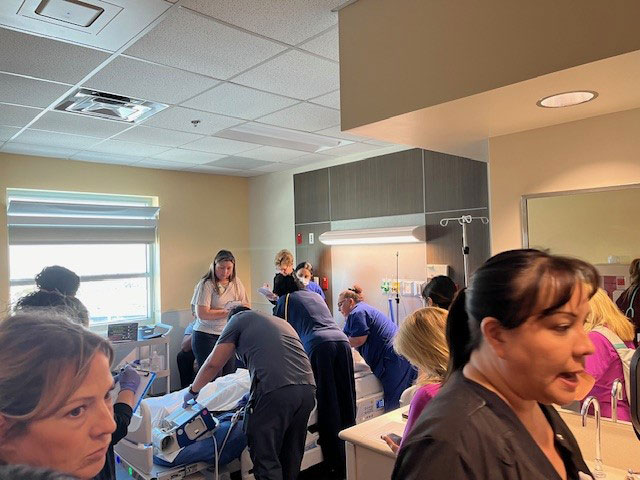Simulation is often used as a blanket term, not allowing for nuances in the training modalities and learning objectives. The reality is that simulation can be adapted to many different styles, needs, and expectations. In labor and delivery departments, where two patients means double the risk, hybrid simulation (probably the most frequently overlooked modality) is worth considering.
